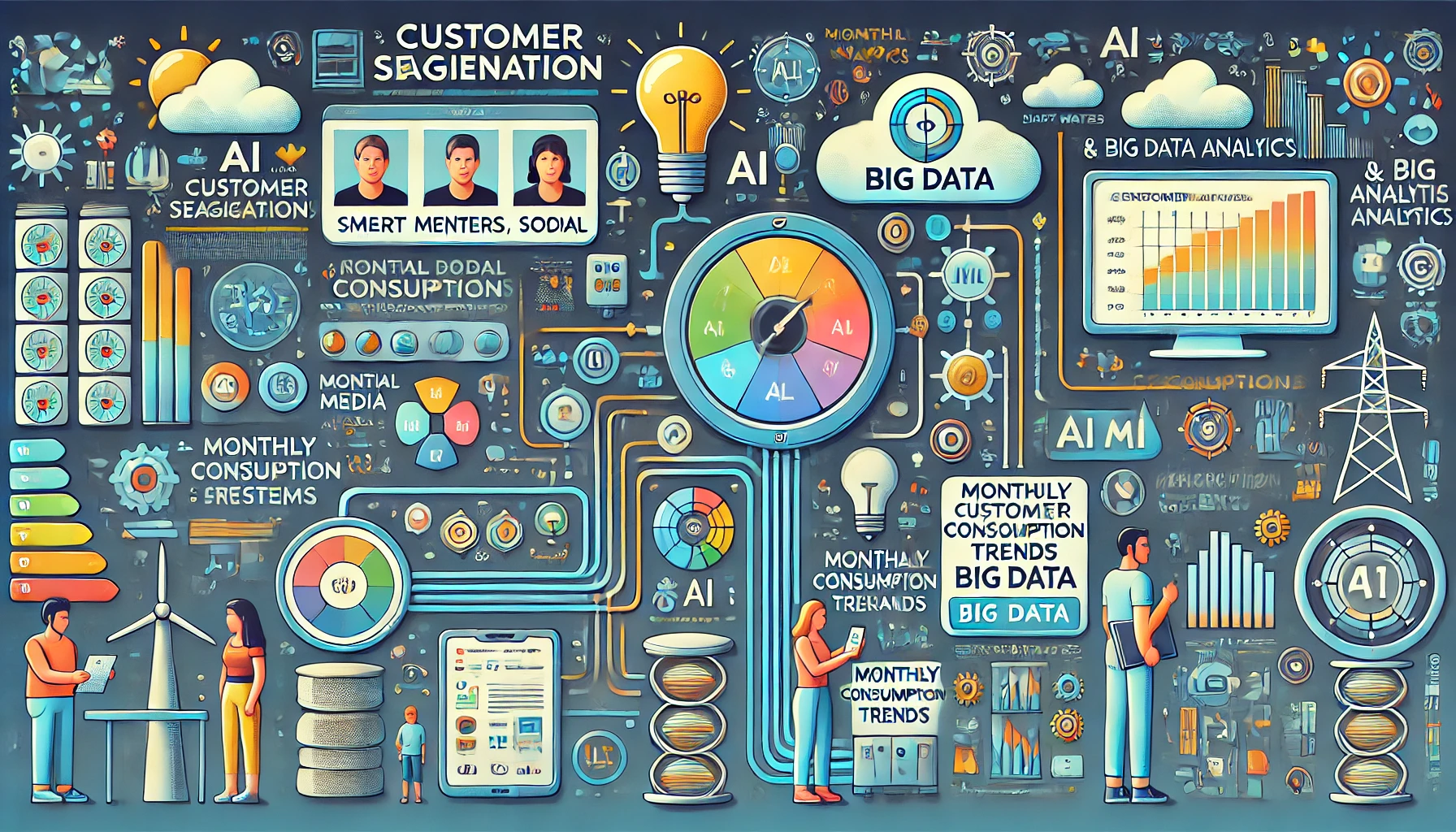QA in Machine Learning: Ensuring Quality in AI Systems
In the fast-evolving world of technology, Machine Learning (ML) is reshaping industries — from healthcare and finance to e-commerce and entertainment. While data scientists and ML engineers often take the spotlight, Quality Assurance (QA) plays a silent yet powerful role in ensuring these AI-driven systems actually work as expected, fairly, and reliably.
So, what exactly does QA look like in an ML project? And why is it different from traditional software testing? Let’s break it down.
Why Traditional QA Isn’t Enough for Machine Learning
In traditional software projects, the expected outputs are predefined. You know what the system should do, and you validate it using test cases. In Machine Learning, however, the output is probabilistic, not fixed. You feed in training data, and the model “learns” patterns, meaning:
- The same input might lead to different outcomes after retraining
- Errors aren’t always due to bugs but can stem from bias, data quality, or model drift
This makes ML systems harder to test — but also more important to test thoroughly.
Key Areas Where QA Adds Value in ML Projects
Here are the major responsibilities and contributions of QA professionals in a machine learning lifecycle:
1. Data Quality Testing: Since data is the fuel for ML models, poor-quality data leads to bad predictions, here QA can:
- Validate data sources for completeness and consistency
- Identify duplicates, missing values, or anomalies
- Create automated scripts to check schema conformity
Example: A QA engineer might write Python scripts to validate a CSV dataset’s structure before model training begins.
2. Model Validation & Verification: Although Data Scientists evaluate model accuracy using metrics (like precision, recall, F1-score), QA ensures that:
- Models meet business expectations
- Accuracy isn’t coming at the cost of bias
- Regression doesn’t occur when the model is retrained
Example: QA can use tools like Great Expectations or MLflow for model validation checkpoints.
3. Testing Model Integration with Applications: QA ensures that the model works correctly when integrated into real-world apps:
- Does the model respond within expected latency limits?
- Is the model output in the correct format?
- What happens when an unexpected input is fed into the model?
Example: Using Postman or Selenium, QA can validate REST APIs that expose ML predictions.
4. Bias & Fairness Testing: Even accurate models can be biased. QA teams can:
- Perform black-box testing to identify skewed outputs
- Validate that the model works equally well across different demographic groups
- Report and document risks to stakeholders
Example: In a hiring tool, ensure the model doesn’t consistently favor one gender or ethnicity.
Tools That Help QA in ML Projects
Some tools and frameworks that assist QA in ML workflows:
- Data Validation: Great Expectations, Pandera
- Model Testing: MLflow, TensorBoard
- UI/API Testing: Postman, Selenium, REST Assured
- Monitoring: Evidently AI, Prometheus, Grafana
- Automation Frameworks: ROBOT, Pytest

Best Practices
- Collaborate early with data scientists and ML engineers
- Understand the domain and the use-case thoroughly
- Treat the model as a black box initially — test its behavior, not just code
- Define clear acceptance criteria, even for probabilistic systems
- Automate data checks and integration tests as much as possible
Conclusion
Machine Learning may seem like a world of its own, but QA professionals are essential in bridging the gap between models and users. As AI systems become more embedded in our daily lives, the role of QA is evolving — from just finding bugs to ensuring fairness, trust, and reliability in intelligent systems. QA isn’t just about testing anymore. It’s about owning quality across the ML lifecycle.








